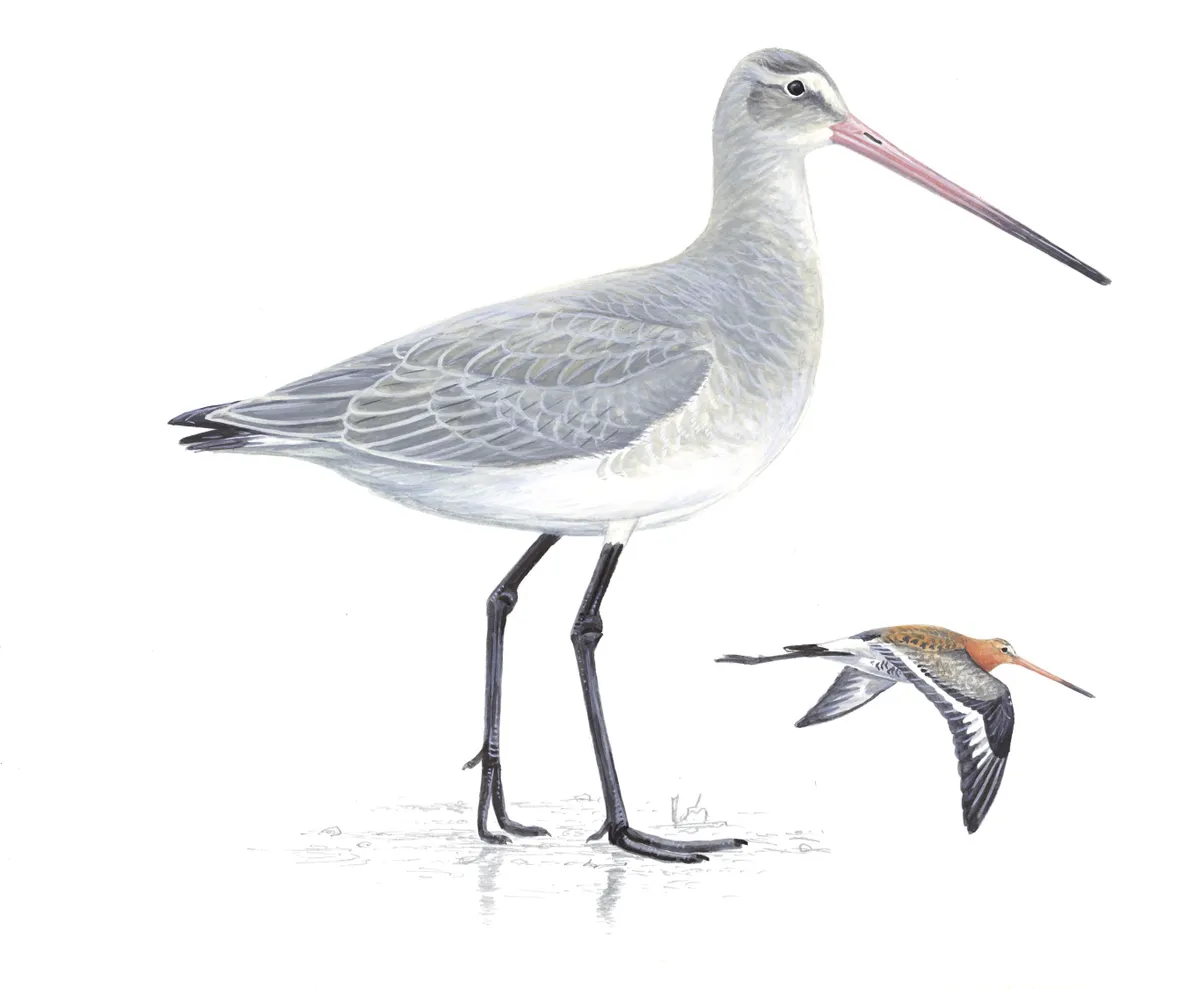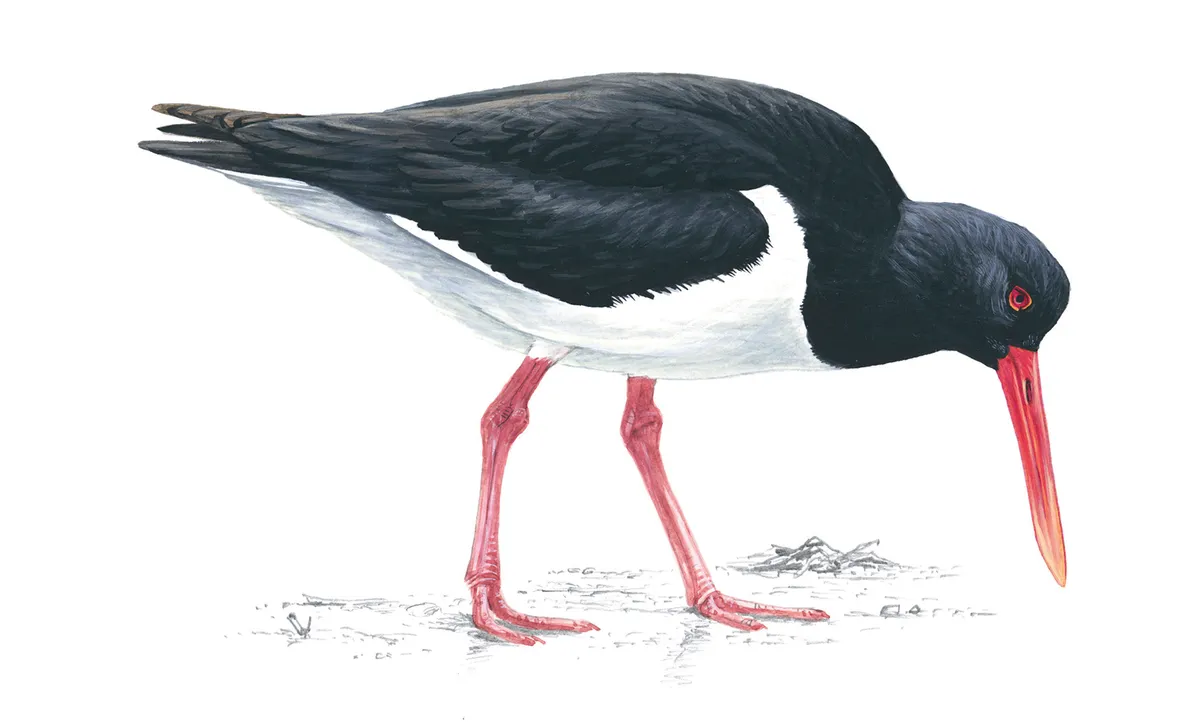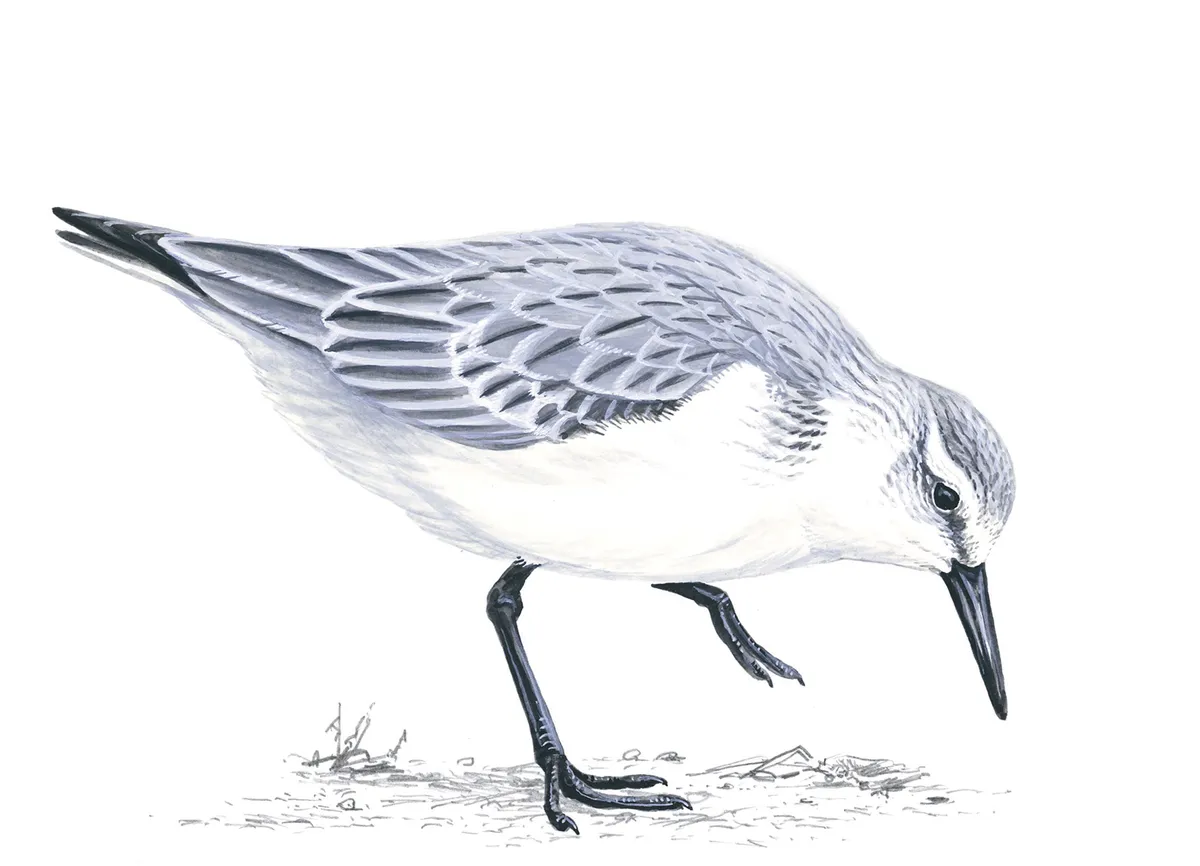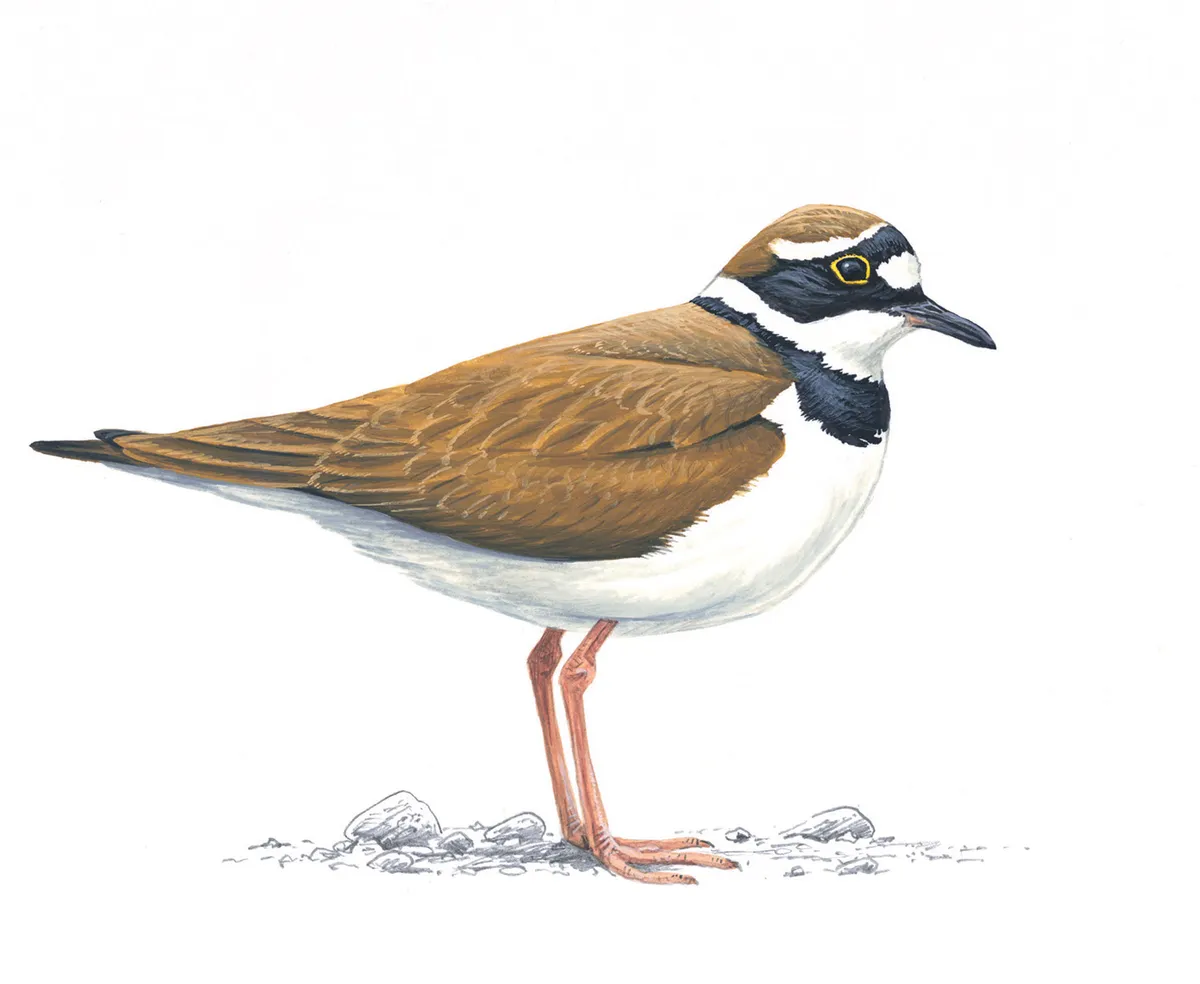In winter, Britain's estuaries, coastal lagoons and marshes offer the perfect conditions for wading birds to thrive. But what are wading birds? Why do they have such long legs? And which species of wading bird live in the UK?
From the ubiquitous oystercatcher to the curve-billed curlew, our guide looks at nine of the UK's most elegant waders, including how to identify them and the best places to see these waterbirds.
Discover more about Britain's birdlife with our guides to common seabirds, garden birds, birds of prey, finch species, tit species, ducks, geese and swans. You may also be interested in our guide to Britain's rarest birds and our guide to bird nests.

What is a wading bird?
A wading bird describes a waterbird with long legs that wades along the shoreline in search of food. In America, they are know as shorebirds. Waders range in size, shape and colour and usually – but not always – have a long bill.
Why do wading birds have long legs?
Long legs enable waders to forage in deep water, while elongated, agile toes help them to balance in fast currents and unstable mud. Their bills vary in length and shape, depending on their food preferences, but are often long and slightly curved. And powerful neck muscles allow some species – such as herons and stalks – to spear their prey.
What do wading birds eat?
Wading birds usually eat aquatic organisms, such as worms, molluscs and crustaceans. Their long bills are adapted to find prey just under the surface of the water.
- Britain’s best nature reserves for walks and wildlife
- Starling murmuration guide: why and when they happen and best places to see one in the UK
- Spend an atmospheric night on a remote Shetland isle listening to seabirds
British wading bird ID guide
Black-tailed godwit, Limosa limosa

One of our largest waders, this has long legs and a long bill for probing in mud for worms and snails. Orange-brown in summer, its plumage turns grey in winter, while its black-and-white wing bars are noticeable in flight. Some 44,000 individuals from Iceland spend winter in the UK. It is similar in appearance to the bar-tailed godwit (Limosa lapponica).
The black-tailed godwit's scientific name, Limosa limosa, is an example of a tautonym, where the genus and specific name are the same.
Eurasian curlew, Numenius arquata

This very large, impressive wader has a tell-tale large, downwardly curved bill for probing deep into worm burrows. Declining in number, the curlew is bolstered by winter visitors and its melancholic ‘cur-lee’ call still resonates across winter mudflats. The curlew can be confused with the closely related (Numenius phaeopus) whimbrel, particularly at a distance. Learn how to tell the two species apart.
Dunlin, Calidris alpina

This small, compact bird has a slightly down-curved bill amd a predominantly grey plumage, although in summer, it is is brown with a black patch on the belly. Our commonest shorebird, the dunlin can form dramatic flocks of hundreds, flickering in the low light of winter.
Knot, Calidris canutus

Small and dumpy with short legs, the knot graces us with grey-white plumage in winter but transforms into a bright brick-red during breeding. It forms flocks of many thousands in places such as The Wash and performs aerial acrobatics to rival the famed starling.
Lapwing, Vanellus vanellus

Found in winter fields as well as marshes and estuaries, the lapwing’s fortunes have plummeted due to changes in farming practices. Its metallic-green plumage, proud crest and stiff wingbeat in flight are telltale, as is its wheezing ‘swanny whistle’ call.
The lapwing's scientific name, Vanellus vanellus, is an example of a tautonym, where the genus and specific name are the same.
Oystercatcher, Haematopus ostralegus

This stocky, unmistakable black-and-white shorebird has a huge, carrot-coloured bill that it uses for breaking and entering mussels and cockles. Relatively common, its urgent piping call echoes across rocky shores.
Redshank, Tringa totanus

An ever-present lurker in estuarine creeks, harbours and mudflats, the redshank has a fluting call that is the soundtrack to winter on the wild coast. As its name suggests, it has long red legs but also a black-tipped red bill. It is slightly smaller than a godwit or curlew.
Sanderling, Calidris alba

This tiny scuttling sparrow of the sandy shore seems to dance in and out as the waves lap the beach. It is a winter visitor so we only get to see its grey-white colouring and not the gorgeous tortoiseshell plumage of summer; it breeds in the Arctic.
Ringed plover, Charadrius dubius

A smart, dumpy dove-sized bird, the ringed plover has bandit-mask markings, a black bib and fawn cap and back. Its short bill is used for picking invertebrates from pebbles and seaweed. Resident populations are boosted by winter visitors from Europe.
Illustrations © RSPB Images. Find out more about the RSPB.